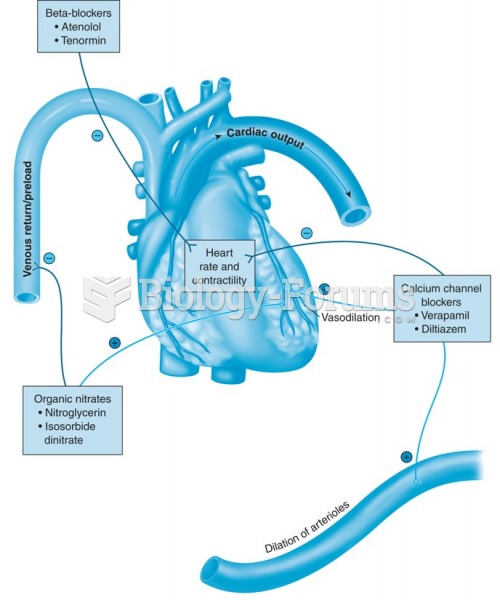|
|
|
Did you know?
Only one in 10 cancer deaths is caused by the primary tumor. The vast majority of cancer mortality is caused by cells breaking away from the main tumor and metastasizing to other parts of the body, such as the brain, bones, or liver.
Did you know?
More than 2,500 barbiturates have been synthesized. At the height of their popularity, about 50 were marketed for human use.
Did you know?
The average office desk has 400 times more bacteria on it than a toilet.
Did you know?
Medication errors are more common among seriously ill patients than with those with minor conditions.
Did you know?
If you could remove all of your skin, it would weigh up to 5 pounds.







